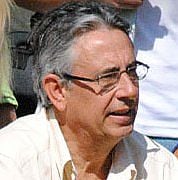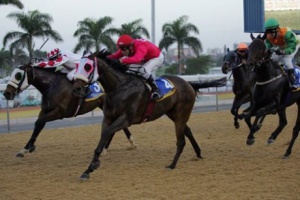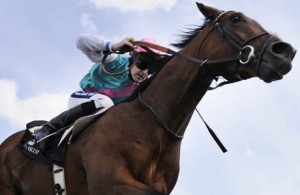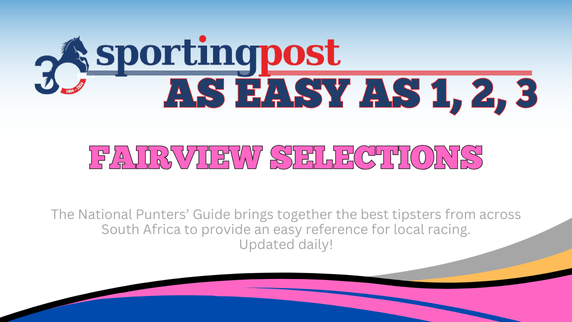Gold Circle’s launch of sectional timing for KZN racing could not have come at a better time following the recent Vodacom Durban July pace debate and is set to provide racegoers, form studiers and trainers with a dramatically enhanced visual and race-analysis experience.
The sectional timing facility will be rolled out at Greyville on Gold Cup day and will also be available at Scottsville racecourse.
Traditionally, judgements about pace have been made visually. Experienced race readers are usually able to judge whether a race has been truly, or falsely-run, and to identify which horses have been advantaged or disadvantaged in general terms.
But sectional timing – whereby sections of races are timed and not just the whole – removes any doubt as to how fast a horse was running during a given part of the race and a great deal of the doubt as to the effect of this on the horse’s overall time.
“We are very excited with the launch of this value added facility and will be doing a soft roll-out at Greyville on Gold Cup day. The system has been rigorously tested and we will deal with teething issues as we progress on Saturday in a live racing situation for the first time,” said Graeme Hawkins, Chief Operating Officer of Gold Circle.
“Our sectional timing programme is based on the Singapore model in terms of the visual impact. Racing enthusiasts will thus see the colours of the runners with saddle-cloth numbers on the screen during the running of the race. This makes for added pleasure with the viewing experience as there is not total reliability on the commentator throughout the race. And any additional information we can provide punters, the better for the credibility and image of the game,” he said.
Hawkins said that Formgrids was associated with the project and would be utilising the data. Racing publications would be able to use it in whatever format they chose.
Each runner would have a chip inserted in the saddle-cloth.
It was sectional timing aficionados that first spotted Frankel as a potential superstar after routing his rivals on his second start. While the impression he gave was such, that just using your eyes would be enough to suspect he was good, it was the hand held sectionals that many took, that gave a far greater degree of certainty, that we were watching something special.
Race analysis, and the conclusions one can draw from it, are surely far more accurate with the data to back up what we see with our eyes.
The whole sectional title experience will be a learning curve for South African form-studiers.
There are external variances that need to be worked in. These include wind speed and direction, underfoot conditions, different horses personal racing styles, traffic problems in running and the impact of equipment.
As an example, the gradients of various racecourses and regular rail movements can obviously affect times and it will be important to build up standard sectional times for various courses and the applicable distance sectors.
Horses also are not machines, and they all have different attributes. Each horse will have a top speed they can achieve at any given moment and the energy it has available will dictate what it is. They will also have an acceleration speed, which dictates how quickly it can reach its top speed.
Exciting times with lots to learn and plenty to debate!











